-

Coenzyme Q10 CAS:303-98-0 Manufacturer Price
Coenzyme Q10, also known as CoQ10 or ubiquinone, is a naturally occurring compound in the body that plays a crucial role in cellular energy production. It is found in every cell, especially in the mitochondria, where it helps convert food into energy in the form of adenosine triphosphate (ATP).
Coenzyme Q10 acts as an antioxidant, protecting cells from damage caused by free radicals and oxidative stress. Additionally, it has been observed to have anti-inflammatory properties and may support cardiovascular health by improving blood flow and reducing oxidative damage to blood vessels.
-
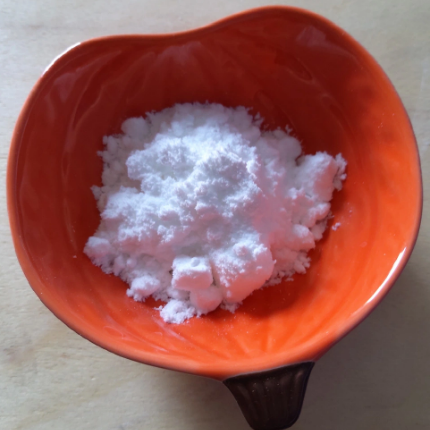
Thrombin CAS:9002-04-4 Manufacturer Price
Thrombin is a key enzyme involved in blood clotting, also known as coagulation. It is produced from its precursor protein, prothrombin, in response to injury or damage to blood vessels. Thrombin plays a crucial role in the formation of a blood clot, which helps to prevent excessive bleeding and promote wound healing.
Once activated, thrombin converts fibrinogen, another protein in the blood, into fibrin. Fibrin forms a mesh-like structure that traps platelets and red blood cells, forming a stable blood clot. Thrombin also activates other coagulation factors, amplifying the clotting process.
Beyond its role in clot formation, thrombin has other important functions. It promotes wound healing by stimulating the migration and proliferation of cells involved in tissue repair. Thrombin also acts as a vasoconstrictor, causing blood vessels to narrow and reduce blood flow to the site of injury.
-
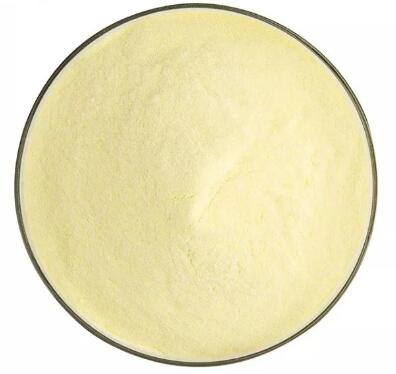
Amylase, a-, Aspergillus oryzae CAS:9001-19-8 Manufacturer Price
Amylase is an enzyme that facilitates the breakdown of starch into simpler sugars such as maltose and glucose. It is commonly produced by various organisms, including bacteria, fungi, and plants.
The “a-” in “a-amylase” refers to the type of amylase that specifically hydrolyzes the internal alpha-1,4 glycosidic bonds within the starch molecule. This results in the production of shorter chain polysaccharides, which can be further broken down into glucose by other amylase enzymes.
Aspergillus oryzae is a species of filamentous fungus known for its ability to produce high amounts of amylase. It is commonly used in industrial enzyme production processes due to its potent amylolytic activity. The enzymes produced by Aspergillus oryzae, including a-amylase, are widely utilized in various industries, such as food, brewing, textile, and detergent manufacturing.
In the food industry, a-amylase derived from Aspergillus oryzae is often used in baking, brewing, and starch processing. It helps to break down starch in dough, malt, and other raw materials, facilitating the conversion of complex carbohydrates into simple sugars that can be metabolized by yeast or bacteria during fermentation. This enzyme is also utilized in textile manufacturing to facilitate the removal of starch-based sizing agents from fabrics.
-
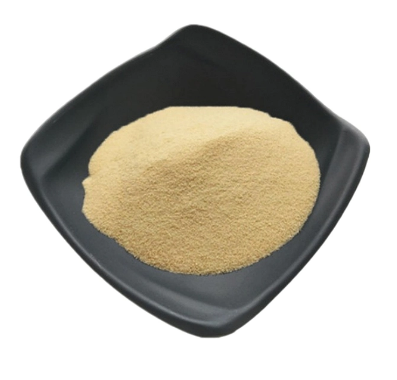
Urease CAS:9002-13-5 Manufacturer Price
Urease is an enzyme that catalyzes the hydrolysis of urea into ammonia and carbon dioxide. It is produced by various microorganisms, including bacteria, fungi, and plants. Urease is essential for nitrogen metabolism and plays a vital role in various biological processes, such as urea hydrolysis in the kidneys and nitrogen assimilation in plants. It also has industrial applications, including the diagnosis of urease-producing bacteria, urea-based fertilizers, and the detection of urease inhibitors for the treatment of certain medical conditions.
-

Uridine-5′-diphosphoglucuronic acid trisodium salt CAS:63700-19-6
Urease is an enzyme that catalyzes the hydrolysis of urea into ammonia and carbon dioxide. It is produced by various microorganisms, including bacteria, fungi, and plants. Urease is essential for nitrogen metabolism and plays a vital role in various biological processes, such as urea hydrolysis in the kidneys and nitrogen assimilation in plants. It also has industrial applications, including the diagnosis of urease-producing bacteria, urea-based fertilizers, and the detection of urease inhibitors for the treatment of certain medical conditions.
-

Xanthine oxidase CAS:37189-34-7 Manufacturer Price
Xanthine oxidase (XO) is an enzyme that plays a role in purine metabolism, specifically in the conversion of hypoxanthine to xanthine and xanthine to uric acid. This enzymatic reaction produces reactive oxygen species (ROS) as byproducts. Xanthine oxidase is mainly found in the liver and intestines but it can also be found in other tissues.
The activity of xanthine oxidase is tightly regulated in the body, and excessive activity of this enzyme can have negative effects. Elevated levels of xanthine oxidase and increased production of uric acid can lead to hyperuricemia and gout, a form of arthritis characterized by the deposition of uric acid crystals in joints.
-
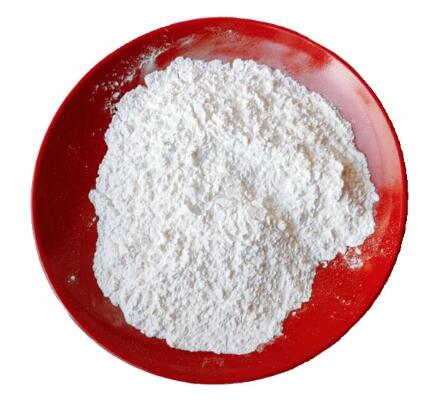
Aprotinin CAS:9087-70-1 Manufacturer Price
Aprotinin is a natural protein-based inhibitor of various proteolytic enzymes, including trypsin, chymotrypsin, and plasmin. It is commonly used in medical settings, particularly in cardiovascular surgeries, to reduce bleeding and minimize blood loss. Aprotinin works by inhibiting the activity of these enzymes, which are involved in the breakdown of blood clots and the degradation of fibrin, a protein that helps in clot formation. By preventing excessive enzymatic activity, aprotinin helps maintain the stability of blood clots, thereby reducing bleeding complications during surgery.
-

L-Lactate dehydrogenase CAS:9001-60-9
L-Lactate dehydrogenase (LDH) is an enzyme that plays a crucial role in cellular energy metabolism, specifically in the conversion of pyruvate to lactate. It catalyzes the reversible conversion of L-lactate to pyruvate, utilizing NAD+ as a cofactor.
LDH is found in various tissues of the body, including the liver, heart, muscles, and red blood cells. Its activity levels can serve as a diagnostic marker for certain diseases, such as liver damage, myocardial infarction, and some types of cancer.
The main function of LDH is to maintain the balance of cellular energy by facilitating the conversion of pyruvate, a product of glycolysis, into lactate. This process, known as anaerobic glycolysis, occurs in the absence of oxygen and allows cells to continue generating energy when oxygen supply is limited.
-

Lysostaphin CAS:9011-93-2 Manufacturer Price
Lysostaphin is a potent antimicrobial enzyme that specifically targets and kills Staphylococcus aureus, a bacterium responsible for various infections in humans. It is derived from the bacterium Staphylococcus simulans and has the ability to break down the cell wall of S. aureus, leading to its destruction.
The enzyme specifically targets the peptidoglycan layer of the bacterial cell wall, disrupting its structure and causing bacterial lysis. This unique mechanism of action makes lysostaphin highly effective against S. aureus strains, including those that are resistant to commonly used antibiotics.
-

Reductase, glutathione CAS:9001-48-3
Glutathione reductase is an enzyme that plays a crucial role in maintaining the balance of reduced and oxidized glutathione (GSH/GSSG) in cells. Glutathione is a tripeptide composed of the amino acids glycine, cysteine, and glutamate. It acts as a major cellular antioxidant and is involved in various cellular processes, including detoxification, DNA synthesis and repair, and protein synthesis.
Glutathione reductase catalyzes the reduction of oxidized glutathione (GSSG) to its reduced form (GSH) by utilizing NADPH (nicotinamide adenine dinucleotide phosphate) as a cofactor. This reaction is essential for maintaining the reduced state of glutathione in cells, as GSSG can accumulate in the presence of oxidative stress.
By maintaining the proper ratio of GSH to GSSG, glutathione reductase helps to protect cells from oxidative damage caused by reactive oxygen species (ROS) and other harmful molecules. It acts as a key player in the antioxidant defense system of cells.
Moreover, glutathione reductase is also involved in recycling glutathione disulfide (GSSG) produced during various metabolic processes, ensuring the availability of reduced glutathione (GSH) for its numerous cellular functions.
-
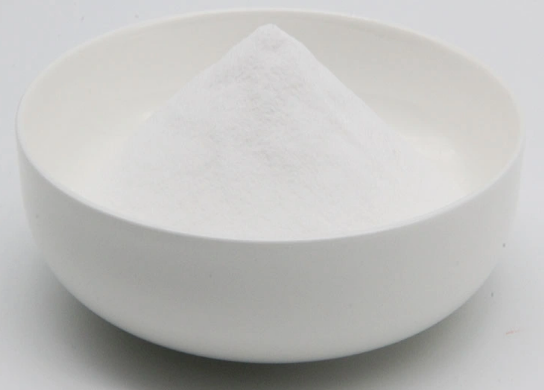
Leupeptin hemisulfate CAS:103476-89-7
Leupeptin hemisulfate is a protease inhibitor that is commonly used in biochemical and biomedical research. It is derived from Streptomyces bacteria and works by inhibiting the activity of various proteases, including trypsin, chymotrypsin, and plasmin.
Leupeptin hemisulfate is often used in laboratory experiments to prevent unwanted protein degradation, as proteases can degrade proteins and peptides, affecting experimental results. By inhibiting protease activity, leupeptin hemisulfate helps to stabilize proteins and maintain their integrity during experiments.
Additionally, leupeptin hemisulfate has been used in cell culture studies to investigate the roles of proteases in various cellular processes, such as cell signaling, apoptosis, and protein turnover.
-
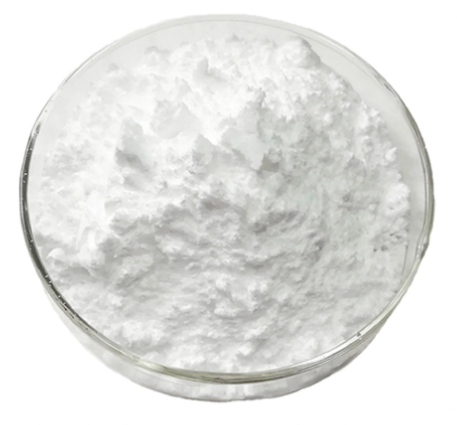
Pepsin CAS:9001-76-7 Manufacturer Price
Pepsin is a digestive enzyme found in the stomach that plays a critical role in the digestion and breakdown of proteins. It belongs to a group of enzymes called proteases, which are responsible for breaking down proteins into smaller peptides and amino acids, allowing for their absorption in the small intestine.
Pepsin is produced and secreted by the cells lining the stomach, known as chief cells, in an inactive form called pepsinogen. When food enters the stomach, it triggers the release of gastric acid, which converts pepsinogen into its active form, pepsin. Pepsin functions optimally in an acidic environment, as the low pH of the stomach helps to activate and maintain its enzymatic activity.

